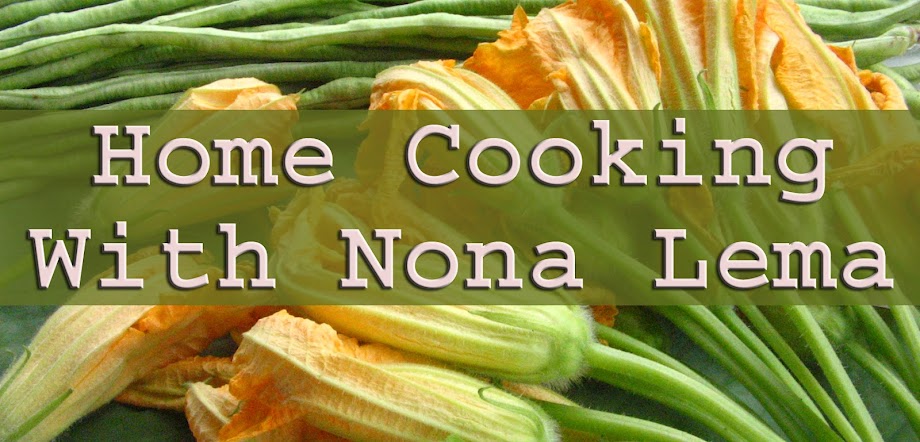In my long years of teaching people how to cook delicious vegetarian food, I am often asked, “Why are you vegetarian?” And I say, I am a vegetarian because I practice meditation. Personally it has helped me a lot in maintaining a healthy, meatless diet for many years. I always encourage people to learn meditation too because it will also be very helpful to them.
Meditation is a very simple and enjoyable relaxation method for achieving inner happiness and self realization. It goes hand in hand with the vegetarian diet. Through meditation, you will experience not only the meaning of respect for animals’ lives but also the meaning of your own life. Through meditation, you can also overcome stress and even deeper problems such as anxiety or emptiness.
Meditation is an ancient process that has been practiced for thousands of years by sages and meditation teachers. The process begins by hearing - - listening to the sound of meditation songs which are made up of the Holy Names of God. Anyone can practice meditation individually or in a group.
The first effect of meditation is it makes us relaxed. By listening to the sound, our mind and heart becomes gradually cleansed or purified. And then intuitively from within ourselves, we will know and truly understand that meat food is not good for our health and our consciousness. Meditation helps us come to this state. We begin to experience a higher happiness within, so that eventually we will be able give up eating meat, fish and eggs. It becomes very easy to achieve. Automatically, we would want to learn how to cook and eat vegetable food instead.
In other words, the desire to eat meat will begin to drop off. The desire to eat meat is very strong but we will gradually loose the taste for meat. I have been a vegetarian for almost forty years now but I would not have been able to do so by my own strength. It’s not that I am so strong-willed. No, I am weak like everybody else.
At the age of 22 when I was a student in college, I first came across the practice of meditation. And a great change came about. When I started regularly listening to the sound of the meditation songs, in my heart I experienced some kind of higher taste, higher feeling. Soon gradually I was able to give up meat food altogether, not just beef or pork. We have to experience a higher happiness in order to break away from the habit of meat eating permanently. The desire will still be there but not so strong anymore that it cannot be overcome.
Through meditation, we can come to a point where we will have inner strength to actually feel and say, “I don’t really need meat, fish, and eggs for proper nutrition. I can give them up. I will give them up.”
Through meditation, we can also overcome stress and even deeper problems such as anxiety or emptiness. We can actually begin to experience inner happiness and peace. Just as you are now looking for an alternative healthy diet, you should also look into a more meaningful alternative way of life.
Meditation, sometimes called ‘mantra meditation’ or ‘yoga meditation’ is a scientific process of learning about our true identity. The English word ‘yoke’ comes from the word ‘yoga’, meaning to unite or to connect. The real meaning of yoga is uniting again with God.
The following songs are composed of the Holy Names of God such as: gauranga, om hari om, madana mohana and nitai-gaur sung in beautiful melodies, haribol means 'chant or sing the names of God'. Anyone can regularly listen to the sound of these beautiful names, in the privacy of their own homes or together with other people. Please sit back and relax, close your eyes, listen and focus your mind on the sound of these names. May peace of mind and good health be yours.












